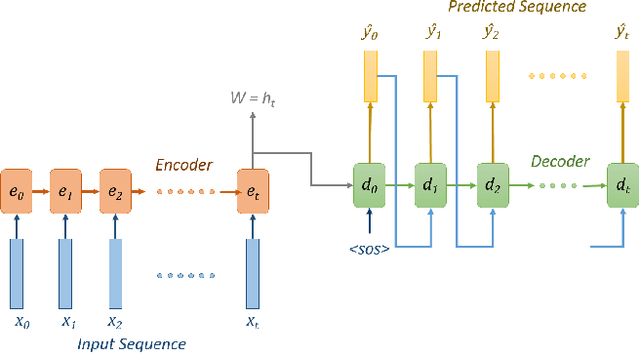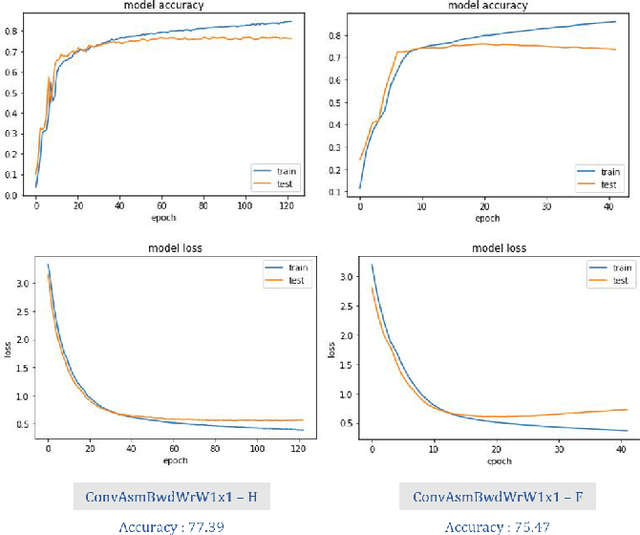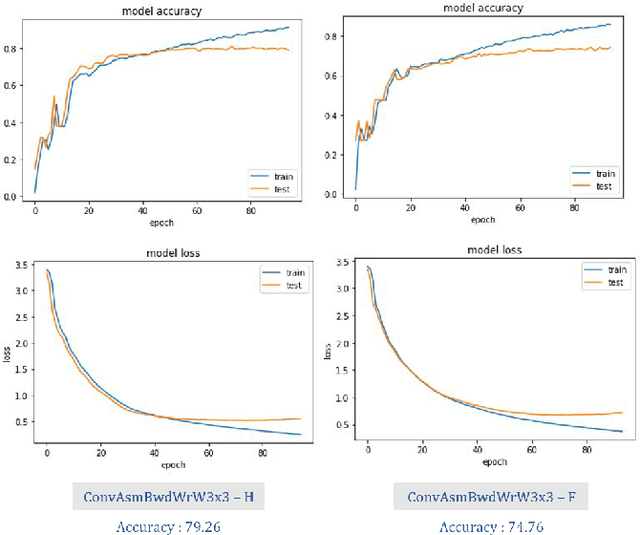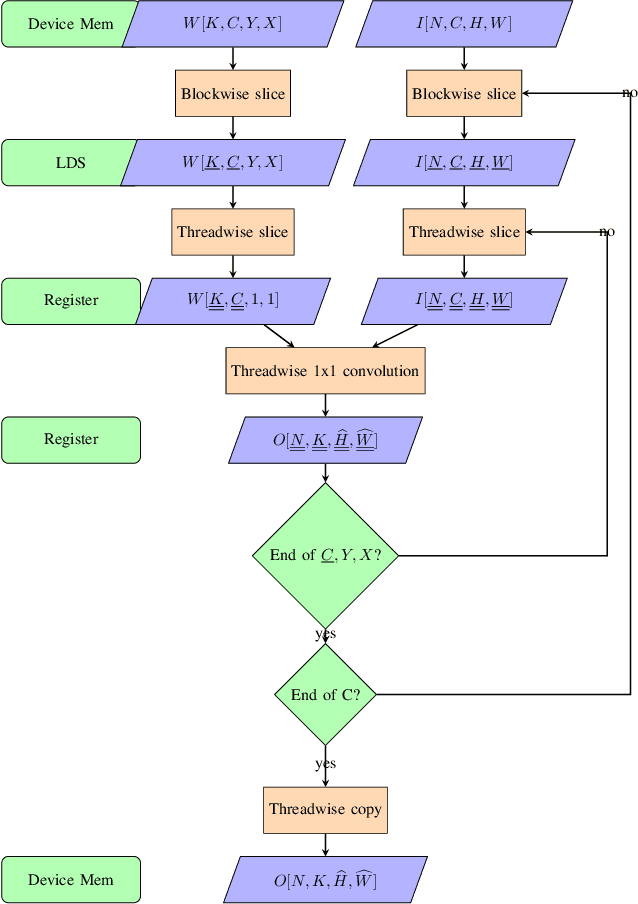Jehandad Khan
Optimal Kernel Tuning Parameter Prediction using Deep Sequence Models
Apr 15, 2024



Abstract:GPU kernels have come to the forefront of computing due to their utility in varied fields, from high-performance computing to machine learning. A typical GPU compute kernel is invoked millions, if not billions of times in a typical application, which makes their performance highly critical. Due to the unknown nature of the optimization surface, an exhaustive search is required to discover the global optimum, which is infeasible due to the possible exponential number of parameter combinations. In this work, we propose a methodology that uses deep sequence-to-sequence models to predict the optimal tuning parameters governing compute kernels. This work considers the prediction of kernel parameters as a sequence to the sequence translation problem, borrowing models from the Natural Language Processing (NLP) domain. Parameters describing the input, output and weight tensors are considered as the input language to the model that emits the corresponding kernel parameters. In essence, the model translates the problem parameter language to kernel parameter language. The core contributions of this work are: a) Proposing that a sequence to sequence model can accurately learn the performance dynamics of a GPU compute kernel b) A novel network architecture which predicts the kernel tuning parameters for GPU kernels, c) A constrained beam search which incorporates the physical limits of the GPU hardware as well as other expert knowledge reducing the search space. The proposed algorithm can achieve more than 90% accuracy on various convolutional kernels in MIOpen, the AMD machine learning primitives library. As a result, the proposed technique can reduce the development time and compute resources required to tune unseen input configurations, resulting in shorter development cycles, reduced development costs, and better user experience.
MIOpen: An Open Source Library For Deep Learning Primitives
Sep 30, 2019



Abstract:Deep Learning has established itself to be a common occurrence in the business lexicon. The unprecedented success of deep learning in recent years can be attributed to: abundance of data, availability of gargantuan compute capabilities offered by GPUs, and adoption of open-source philosophy by the researchers and industry. Deep neural networks can be decomposed into a series of different operators. MIOpen, AMD's open-source deep learning primitives library for GPUs, provides highly optimized implementations of such operators, shielding researchers from internal implementation details and hence, accelerating the time to discovery. This paper introduces MIOpen and provides details about the internal workings of the library and supported features. MIOpen innovates on several fronts, such as implementing fusion to optimize for memory bandwidth and GPU launch overheads, providing an auto-tuning infrastructure to overcome the large design space of problem configurations, and implementing different algorithms to optimize convolutions for different filter and input sizes. MIOpen is one of the first libraries to publicly support the bfloat16 data-type for convolutions, allowing efficient training at lower precision without the loss of accuracy.
 Add to Chrome
Add to Chrome Add to Firefox
Add to Firefox Add to Edge
Add to Edge